ALERTLINKS
Advanced Member level 4

It is current from power bus drawn by hbridge which determines power consumed. By monitoring this current, power output power can be controlled.
Follow along with the video below to see how to install our site as a web app on your home screen.
Note: This feature may not be available in some browsers.








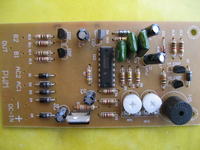
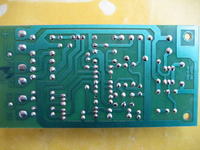
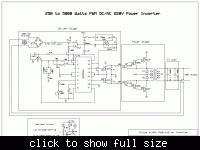
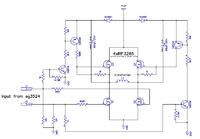
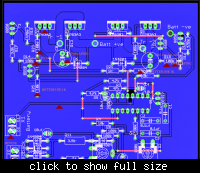





Hello,
I look for 80W 1:2 step up transformer. Actually, I dont use a transformer before and I dont know anything about it in practice.
I will use it on the output of my H-bridge circuit to amplify 300Vpp up to 600Vpp.
Here is schematic of my power circuit:
**broken link removed**
With kind regards,
What is the voltage output and wattage of solar pannel and capacity of batteries. Inverter used is of 1500 Watts. Actually inverter has nothing to do with charging. Can you explain your whole setup?dear alterlink,
Would you plz help to provide some circuits of charge controller analog type for inverter solar having capacity about 1500 watt bkz I am in dire need of that.regards


3. In low sunlight conditions like early morning and near sunset and during cloudy sky when voltage developed are below 24V, system still can use power generated by boosting voltage to charge battery.MPPT benefits
Maximum power point tracking controllers are basically microprocessor controlled switch mode converters that vary the duty cycle up and down, hunting for the panel voltage that relates to the maximum power output of the Photo Voltaic cells. These converter currently provide the highest conversion efficiency. They dynamically adjust to allow for changes in environmental conditions. An example would be if your battery is at 11V and the solar panel currently provides the optimum power at 15V, the MPPT would take in 15V at say 4A (60w) and provide the battery with 11V at 4,9A (53.9W) this includes a loss of 10% in the conversion. The same panel when connected directly may only put out 11V at 4,2A (46.2W).


Have alook at folowing link,
TRANSFORMERS
Use minimum frequency you are using, that is 25KHz. A transfomer, made for 25KHz can work on higher frequecy but not otherwise. As you are converting 150v to 600v, you need 1:4 turn ratio. If isolatin of output is not necessary, you can make a single winding autotransformer.
You can use 30swg, two wires,60 turns for primary and 240 turns of 32swg single wire for secondary. First wind half (120)turns of secondary,Then 60 turns of primary and then remaining 120 turns of secondary in a etd-33 core.
---------- Post added at 12:56 ---------- Previous post was at 12:49 ----------
[/COLOR]
What is the voltage output and wattage of solar pannel and capacity of batteries. Inverter used is of 1500 Watts. Actually inverter has nothing to do with charging. Can you explain your whole setup?
